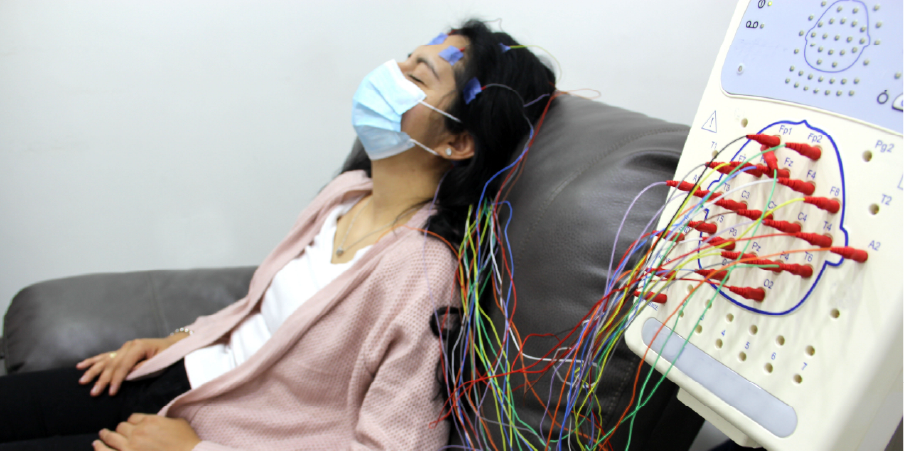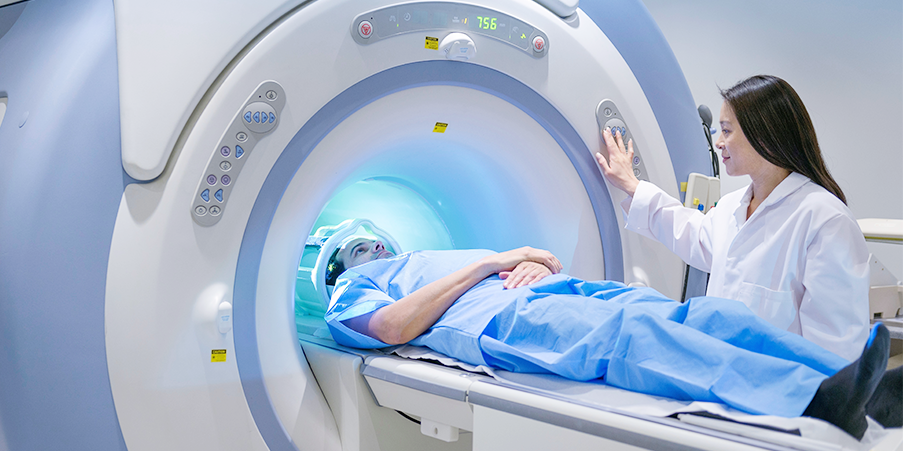Content:
Laboratory Tests and Ancillaries
Nội dung của trang này:
Laboratory Tests and Ancillaries
Imaging
Nội dung của trang này:
Laboratory Tests and Ancillaries
Imaging
Laboratory Tests and Ancillaries
To determine the cause of the seizure or identify potentially treatable conditions or acute symptomatic seizure, the following tests should be done: Blood glucose level; creatinine, urea nitrogen and electrolytes; liver function test (LFT); serum Na, Ca and Mg levels; blood or urine illicit drug or alcohol determination, if indicated; and lumbar puncture, when meningitis or encephalitis is suspected.
Imaging
Electroencephalography (EEG)
 Epilepsy_Diagnostics 1
Epilepsy_Diagnostics 1Electroencephalography should be considered as part of the routine neurodiagnostic evaluation of an adult who presents with an unprovoked seizure that is most likely to recur as epilepsy. This is ideally performed as soon as possible (within 72 hours post-ictal). One may perform provoking maneuvers such as hyperventilation, photic stimulation, and sleep deprivation. This helps to determine the presence of epileptiform activity and the type and location of epileptiform activity. The limitations of electroencephalography are: The abnormal EEG is somewhat common in the elderly, patients with migraine, psychotic illness and those taking psychotropic medication; nonspecific EEG abnormalities should not be interpreted as confirming a diagnosis of epilepsy; electroencephalogram may be normal in a number of epileptic patients; and a normal EEG should not exclude the diagnosis of epilepsy. Consider video EEG for differential diagnosis of paroxysmal events including epileptic seizures, organic non-epileptic seizures, and psychogenic non-epileptic seizures, classification of seizure types and electroclinical syndromes, quantification of seizures and of interictal and ictal epileptiform discharges, and presurgical evaluation in medically refractory epilepsy patients.
Brain Imaging
 Epilepsy_Diagnostics 2
Epilepsy_Diagnostics 2Brain imaging should be considered as part of the routine neurodiagnostic evaluation of an adult who presents with an apparent unprovoked first seizure. Magnetic resonance imaging (MRI) is the brain imaging of choice in patients with epilepsy. This is useful in patients with onset of focal seizure from history, examination or EEG and in those who have continued seizures despite adequate first-line antiepileptics/anticonvulsants. This is recommended to be performed within 6 weeks. Special MRI sequences are used to detect cortical dysplasia and mesial temporal sclerosis. Computed tomography (CT) may be used if urgent assessment of seizures during acute situations is necessary, or magnetic resonance imaging is contraindicated. An interictal FDG-PET scan of the brain is used to locate hypometabolic region of the brain. Ictal single-photo emission computerized tomography (SPECT) is used to locate epileptic foci.
